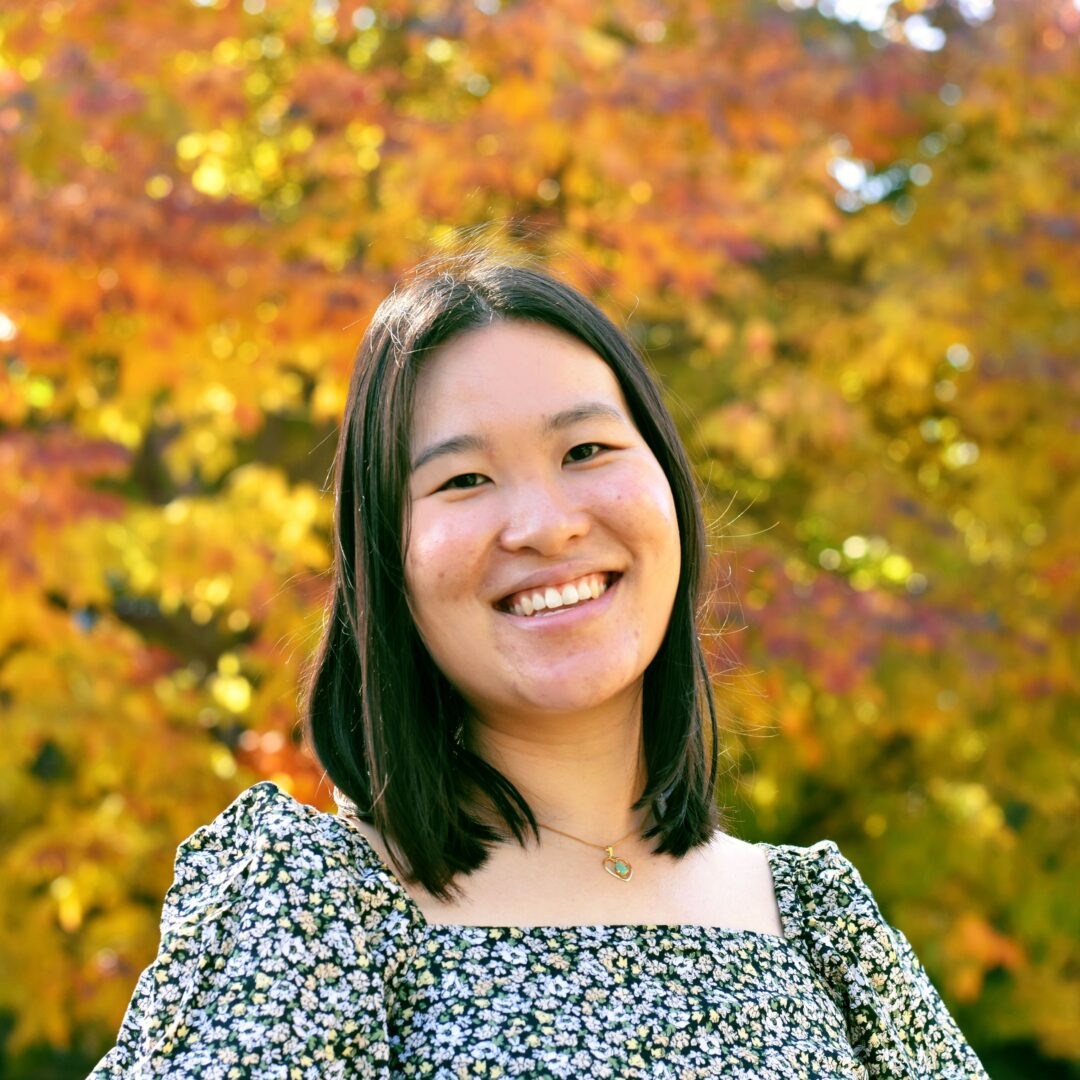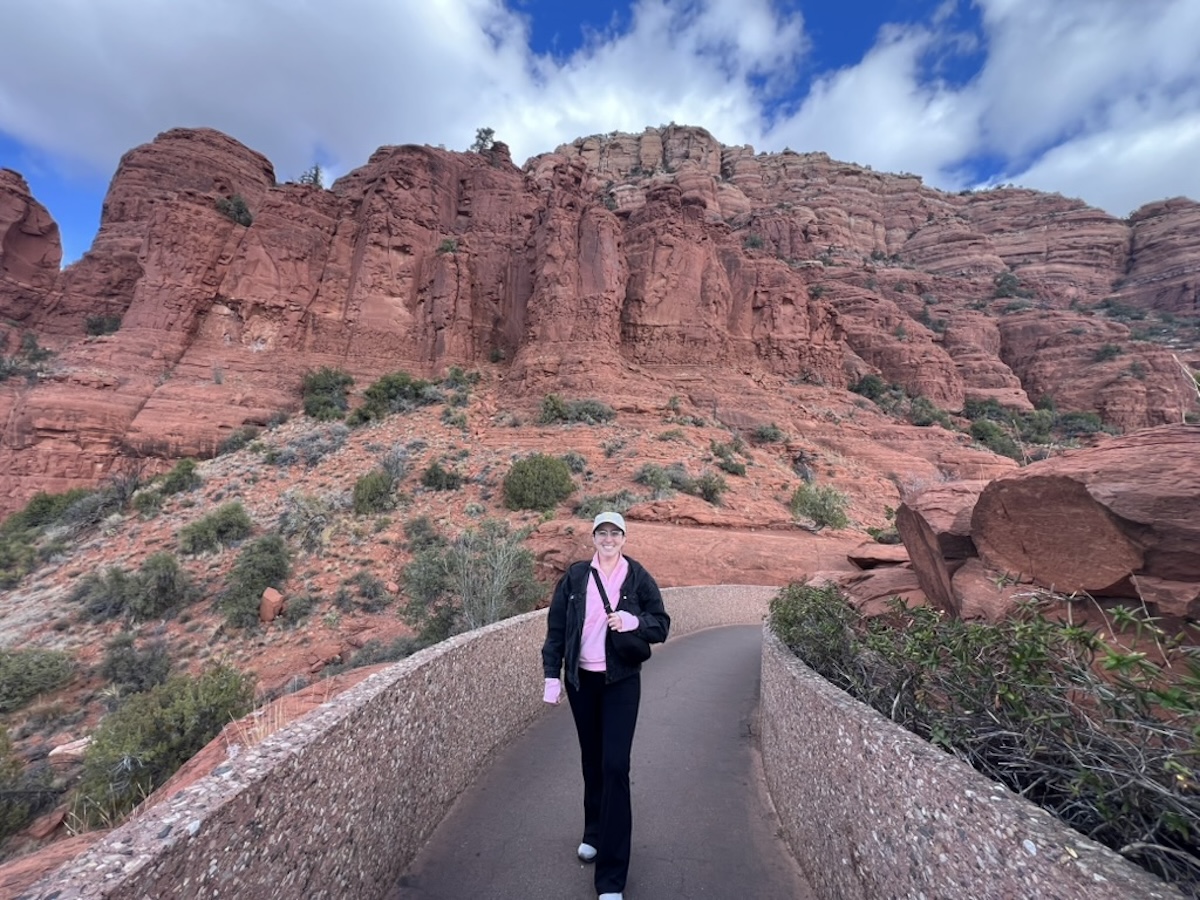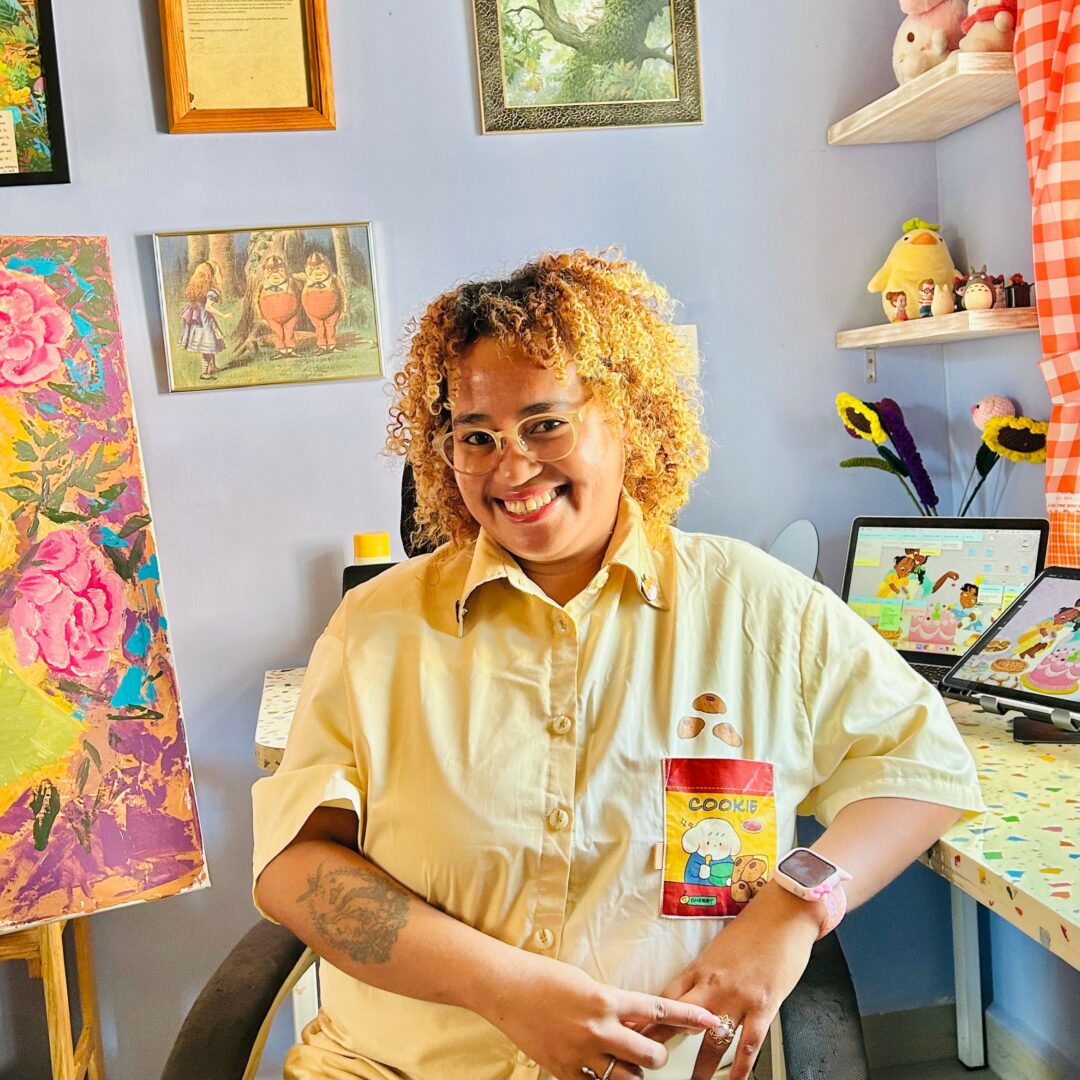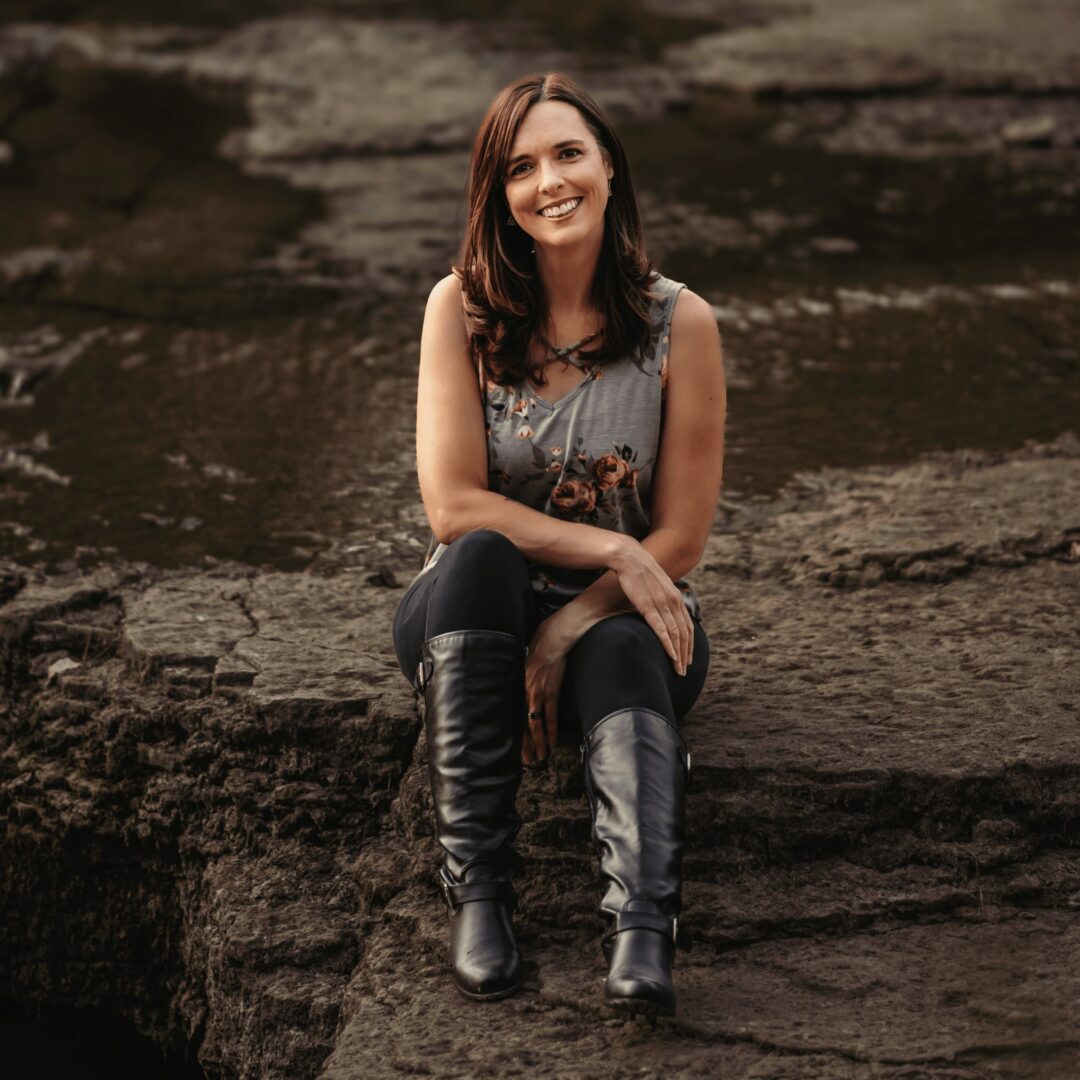We’re excited to introduce you to the always interesting and insightful Michelle Jing Chan. We hope you’ll enjoy our conversation with Michelle Jing below.
Hi Michelle Jing, thanks for sharing your insights with our community today. Part of your success, no doubt, is due to your work ethic and so we’d love if you could open up about where you got your work ethic from?
My work ethic without a doubt comes from my parents and grandparents. They are all immigrants from Hong Kong and China, and I was part of the first generation in my family to be born in America. My dad’s parents grew up in a village in Guangzhou, China and later moved to Hong Kong, where my dad was born. Having lived through the Second Sino-Japanese War, famine, and poverty, they looked east across the Pacific in search of a better life for themselves and their children. They ended up in a small mining town in Wyoming where they had some family who had toiled in the dangerous coal mines. As the only Asian family in town, they faced racism and scarce job opportunities due to my grandparents’ limited English. After years of struggling to make ends meet from their low-paying, manual labor jobs, my grandparents took one final leap of faith by pouring the last of their savings into a new Chinese restaurant in Cheyenne. There, they worked 14-hour days every day for a decade, with my dad and uncles balancing schoolwork and helping at the restaurant.
On my mom’s side, she and her family also grew up in a village in Guangzhou. They endured Mao Zedong’s reign and struggled to support their family through a multitude of traumatic events, from living through the famine of the Great Leap Forward, experiencing brutality and violence by Red Guards during the Cultural Revolution, to being forced to labor in rural camps. In search of a better life, they left behind their home and built a new life in California. My mom worked long hours as a waitress while her family members found similar jobs in restaurants, sewing factories, and cashiers while they took adult English classes at night and saved money for their future.
I have seen firsthand the trauma and sacrifices my parents and grandparents endured, all for the hope that their future children would not have to know the struggles they faced. That is the one of the many reasons why I will always be humbled and inspired by them and other immigrants; it takes an immense amount of courage and perseverance to work so hard and face so many challenges in pursuit of a dream with no certainty in coming true. The words of author and artist Shing Yin Khor capture this best for me, to paraphrase: they worked so that I could paint. That is a debt I will never be able to repay, and a reminder that fuels me to always give my whole heart into my art and stories now.
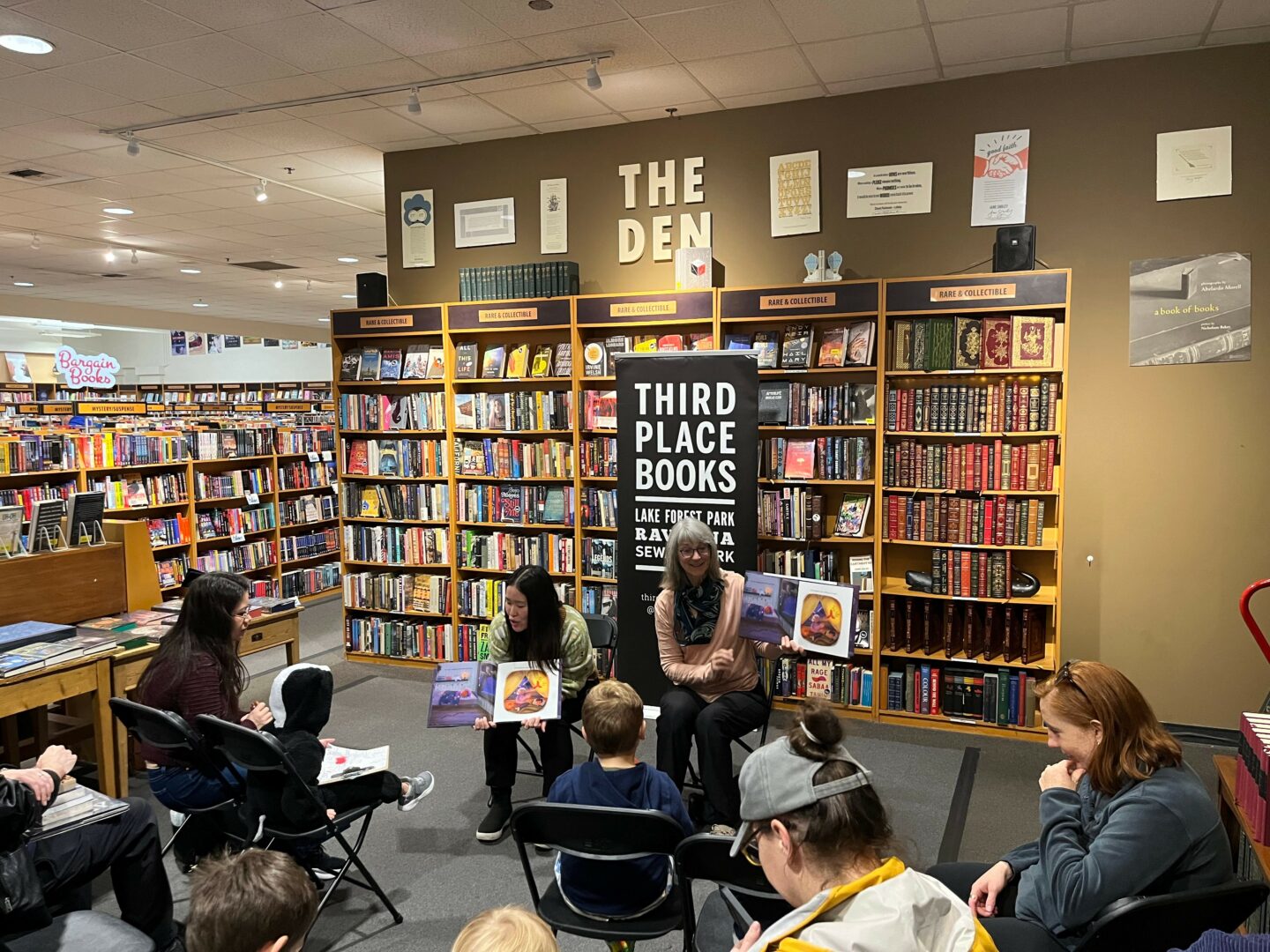
Let’s take a small detour – maybe you can share a bit about yourself before we dive back into some of the other questions we had for you?
My name is Michelle Jing Chan! I’m a queer Chinese American author-illustrator who grew up in Colorado and now lives in the Pacific Northwest. Although my education is in engineering and economics, my heart has always been in storytelling. Ever since I could hold a pencil, art has always been my first love. As a BIPOC kid growing up in a conservative, homogenous town, I had a lot of emotions around feeling ashamed of my identity and scared to be myself. Growing up, I spent a lot of time drawing and writing my own stories; art became a shield where I could let my work speak for me and be my voice when I would otherwise be scared to speak up.
I went to college at the University of Pennsylvania and pursued a different career path in tech. During the pandemic, I had a “rediscovering” of my lifelong love of art, which I didn’t pursue into adulthood once I got busier with other academic and work commitments. The pandemic forced me to slow down for the first time in my life and to think more critically about what made me feel fulfilled. One thing led to another, and now I am a full-time children’s book author-illustrator who makes comics and picture books for kids and teens. I gravitate towards empowering stories that celebrate diversity and self-acceptance – the kinds of books I would have loved to read as a kid and that would have helped me feel less alone. The best feeling for me is drawing something that is personal, learning things about myself and my emotions in the process, then sharing it with others and seeing that they resonate with it as well.
My work has been featured in the Wing Luke Museum, Seattle Pride, Buzzfeed, and Upworthy. I have illustrated books for Penguin Random House, Macmillan, Bloomsbury, Hachette, and Lerner. My upcoming books include the first LGBTQ+ addition to the classic Golden Books series: MY LITTLE GOLDEN BOOK ABOUT PRIDE (written by Kyle Lukoff), my debut author-illustrator picture book about the Chinese winter solstice, WEIWEI’S WINTER SOLSTICE, and my debut Young Adult graphic novel about asexuality, SOMEWHERE IN THE GRAY.
When I’m not drawing, you can find me petting the neighborhood cats, obsessing over a book, or playing spooky video games. Visit me at www.michellejingchan.com or on social media @michellieart.
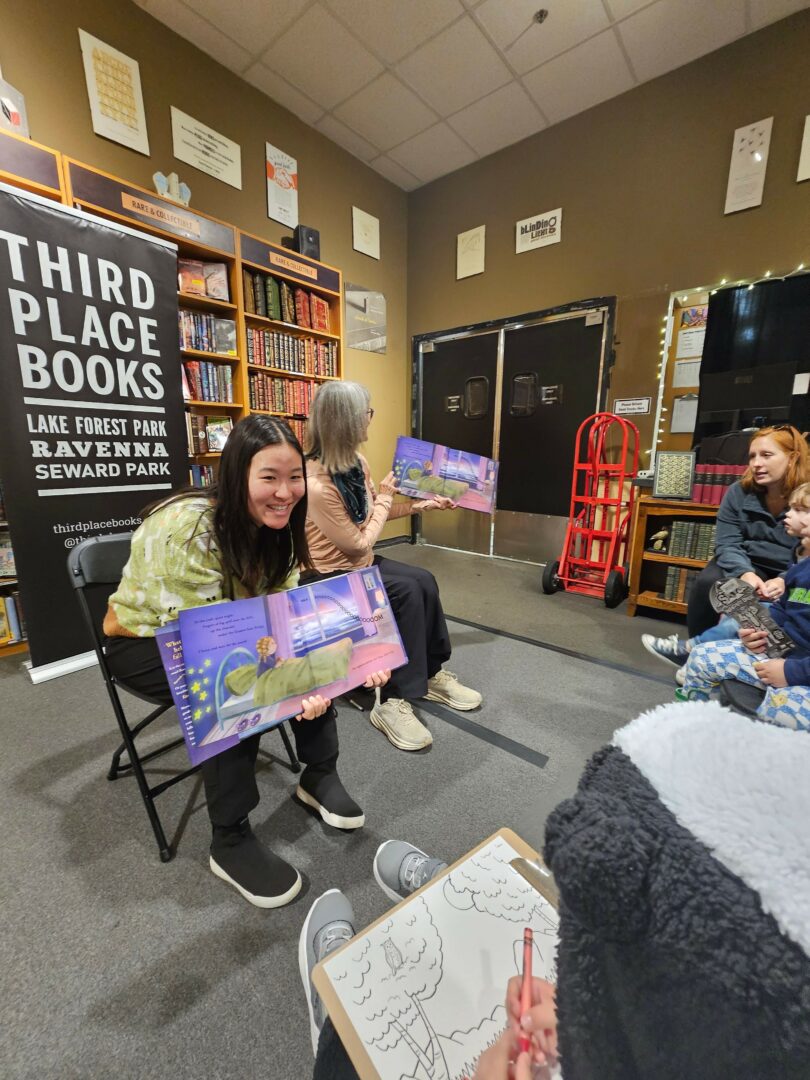
There is so much advice out there about all the different skills and qualities folks need to develop in order to succeed in today’s highly competitive environment and often it can feel overwhelming. So, if we had to break it down to just the three that matter most, which three skills or qualities would you focus on?
Resilience: Rejection is an unavoidable part of a career in publishing (and virtually any creative field!). When I first started out in publishing, it was terrifying to receive negative feedback or a rejection. Because the act of creating art is so vulnerable and personal, rejection often felt like rejection of not my work, but of me as a person. However, over the years, I have learned to build resilience and view rejection as not a failure, but an opportunity to learn and grow. Resilience teaches us to reframe rejection and negative feedback as a way to challenge ourselves to improve.
Community: Publishing is a mostly remote industry from the creator’s side, and spending many hours at your desk working on a book can often feel very lonely and isolating. I have learned so much from connecting with other publishing folks both online and in-person. My fellow writers and artists have beta read my messiest first drafts, supported me in my rejections, cheered me on in my successes, and been there to lend words of wisdom when I need advice. Building community and paying that kindness and reciprocity forward is so important in creating a sustainable career in this field.
Authenticity: In today’s world, social media makes it very easy for us to get instant feedback on our work and to feel like the value of our art–and by extension, ourselves–is measured by likes or a counter on a screen. However, no algorithm can ever capture the full range of human experience or measure your self-worth as an artist. At the end of the day, make the art and tell the stories that you want to see. Life is about love and human connection, and I think it’s amazing that we as artists have the ability to bring something tangible into existence that captures those feelings. Even if your art touches just one person, it’s worthy of being created.

How would you spend the next decade if you somehow knew that it was your last?
To be honest, for the past 6 months I have been going through the worst art block I’ve ever had! From 2021-2023, I was working both my full-time day job in tech and my job in publishing. During that time, I illustrated 6 books and wrote 2 of my own. While I am extremely grateful for these opportunities, I was extremely burnt out by the end of 2023 and made the decision to leave my day job and focus on publishing. I feel very fortunate to be able to take a chance on myself as a full-time author-illustrator, but am still very burnt out!
At the advice of other publishing friends, I recently got a physical sketchbook and have been making traditional art for fun again (something I haven’t done since getting back into digital art in 2020 during the pandemic). It’s been a fun and joyful experience to play with colored pencils, paints, and pastels like a child again, and I am just starting to claw my way out of the art block hole. There’s something so freeing about working with your hands and making art for the fun of it again–not for a client or a deadline. I’m hoping this feeling lasts, and I would love to maybe make a whole picture book with traditional media someday!
Contact Info:
- Website: https://www.michellejingchan.com
- Instagram: https://www.instagram.com/michellieart
- Twitter: https://www.instagram.com/michellieart
- Other: https://www.tiktok.com/@michellieart
https://www.threads.net/@michellieart
https://bsky.app/profile/michellieart.bsky.social
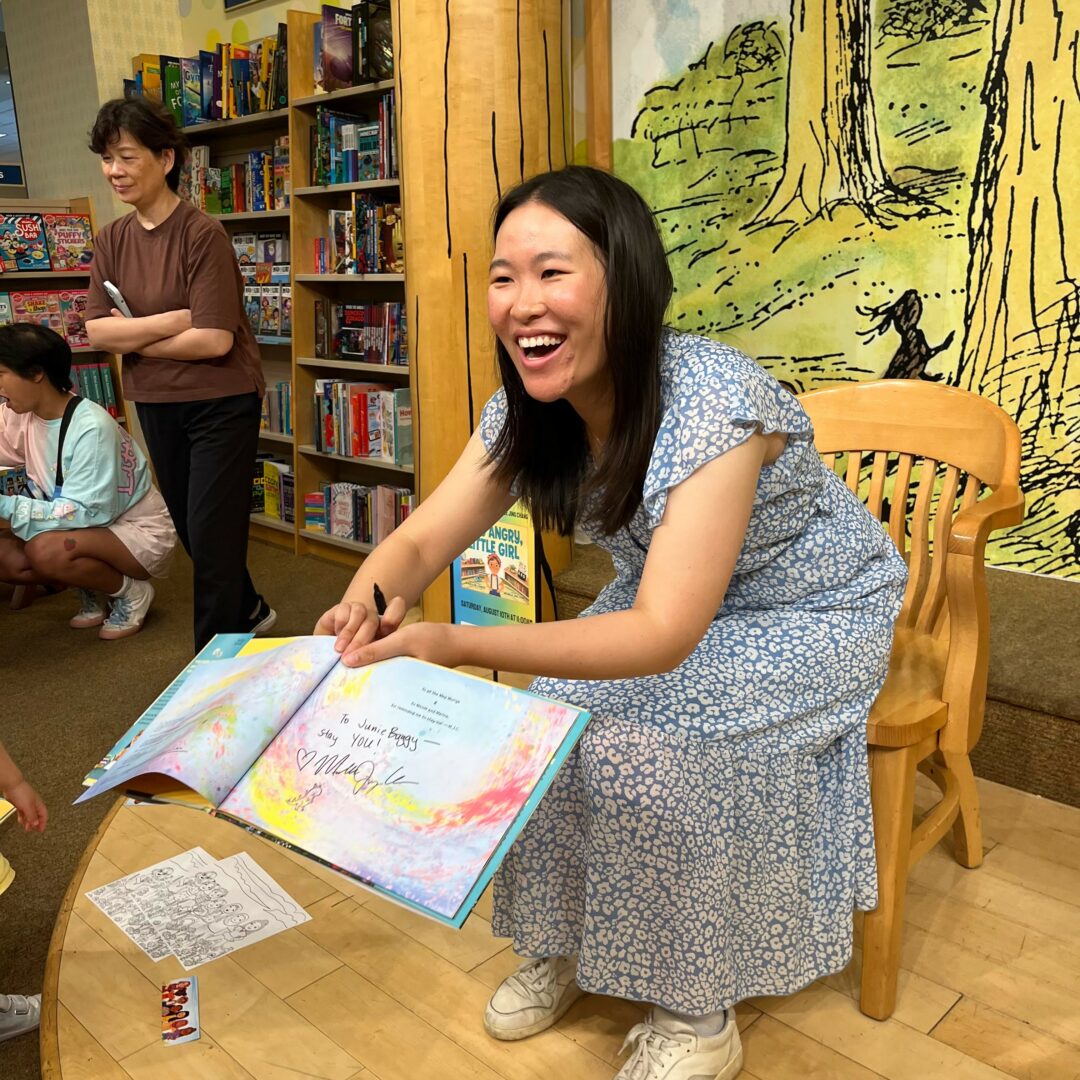

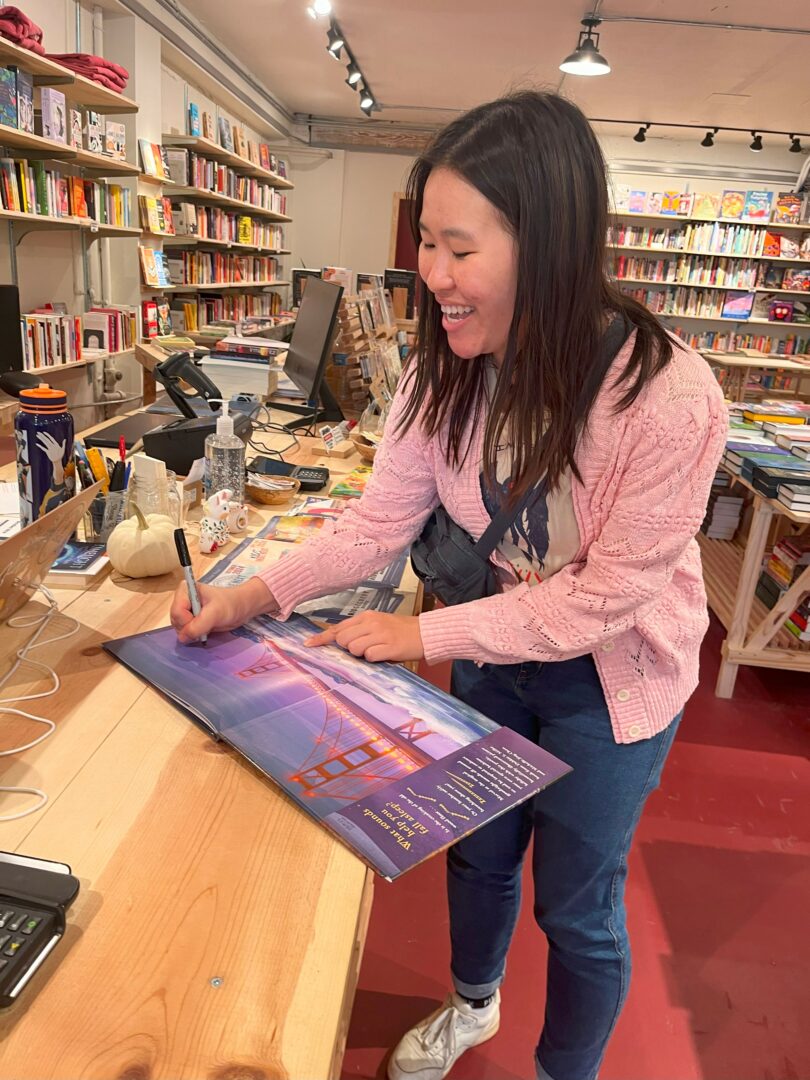
Image Credits
Credit: M. Mendelsohn
so if you or someone you know deserves recognition please let us know here.

